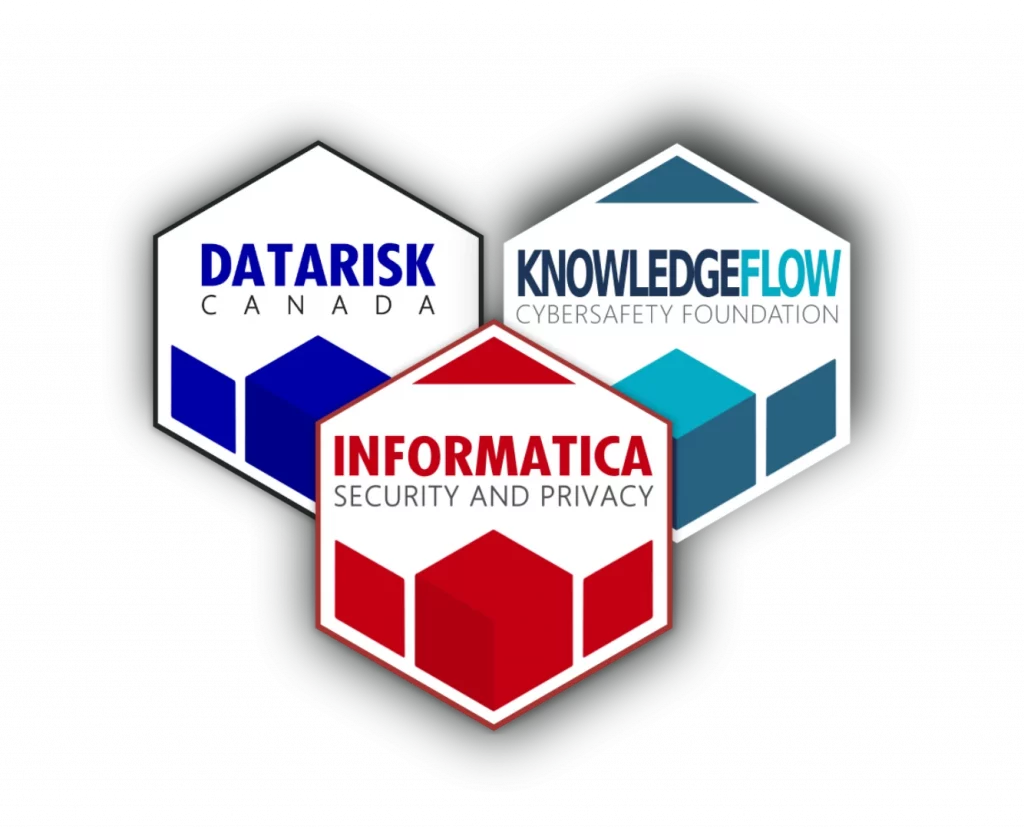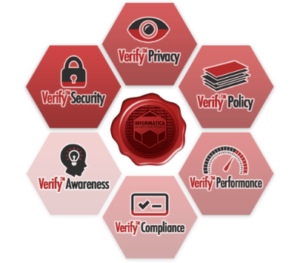Why is Incident Response Testing (TTX) Critical for Companies of All Sizes?
In today’s digital era, businesses of all sizes are at risk of facing a multitude of cybersecurity threats. These threats present significant challenges, such as:
- Financial loss due to ransom demands or disruption in business operations
- Operational downtime leading to reduced productivity and customer dissatisfaction
- Damage to reputation and trust which can take years to repair
- Compliance issues leading to hefty penalties from regulatory bodies
These potential setbacks call for a robust solution: Incident Response Testing, also known as Tabletop Exercises (TTX).
What is TTX?
TTX is essentially a simulated exercise that mimics potential cyber-attack scenarios that a business may encounter. These exercises are designed to prepare and train your incident response team to handle such crises effectively. Running these simulations helps businesses identify gaps in their current incident response plans and introduces measures for continuous improvement.
Moreover, TTX brings together various departments in the organization, facilitating collaboration and shared understanding of handling potential cyber threats. By working together, organizations can reduce their response time to cyber threats, thereby minimizing potential damage.

The Key Phases of a Data Breach TTX
Every TTX comprises three key stages: planning, execution, and review. The planning stage involves designing the simulation scenario and choosing the participants. During the execution phase, the team navigates through the simulation, testing their response strategies in a controlled environment. The review stage involves a thorough assessment of the team’s performance, identification of strengths and weaknesses, and suggestions for improvements.

Tabletop Exercise Remediation: What Steps Follow a TTX Simulation?
After the TTX, it’s crucial to analyze the exercise for learning and improvements. This involves evaluating the team’s performance, identifying gaps in the current incident response plan, and refining the plan based on insights gained from the exercise.

What Tools, Technologies, and Platforms Supplement Incident Management and Help with Incident Response?
Modern businesses have a myriad of tools at their disposal to aid in incident management and response. Security Information and Event Management (SIEM) tools provide real-time analysis of security alerts, enabling prompt response to threats. Incident Response Platforms coordinate and automate tasks involved in responding to a cyber threat, enhancing efficiency. Lastly, forensic tools aid in post-incident analysis, helping identify the cause of a breach and gathering evidence for learning and future reference.
Who Should You Invite to the TTX? What Roles and Departments Should Take Part in a Cybersecurity Simulation?
Inviting the right individuals to a TTX is crucial for its success. This should ideally include representatives from all departments that have a role to play in the incident response plan, such as IT, human resources, public relations, and top management. By including a diverse group of participants, businesses can ensure a comprehensive and effective response strategy.
In the face of ever-evolving cyber threats, Incident Response Testing (TTX) serves as an invaluable tool for businesses, big or small. By simulating potential threats, training teams, and continuously refining response strategies, TTX helps build resilience and prepares businesses for effective incident management.



















